
Lyrics to popular 1930s songs pt1

These next four pages from the October 1935 Popular Songs Magazine transport us back to a fascinating time in music history, showcasing some of the biggest hits of the mid-1930s, along with photographs of well-known singers who defined that era. This was a golden age of swing, crooners, and ballads that captured the feelings of a nation recovering from the Great Depression. Using an Optical Image Reader, I’ve carefully extracted the lyrics from these old magazine pages, preserving a snapshot of 1930s culture. Where possible, I’ve also embedded video or audio recordings to help you relive these timeless classics. Let’s dive into this musical time capsule and enjoy these cherished lyrics!
Jane of the Pickens Sisters
EMPTY SADDLES
(By Billy Hill)
The 1930s were a prolific decade for cowboy ballads, reflecting the romanticized image of the American West. “Empty Saddles,” written by Billy Hill, became one of the era’s enduring laments, capturing themes of loneliness and loss on the open range. In a decade marked by struggles, many listeners found solace in songs that evoked freedom and nostalgia. Bing Crosby famously recorded Empty Saddles in 1936—his smooth baritone perfectly complemented the wistful tone of the lyrics.
Empty Saddles lyrics:
There’s something strange in the old corral,
There’s a breeze, though the wind has died,
Though I’m alone in the old corral,
Seems there is someone at my side:
Chorus
Empty saddles in the old corral,
Where do ya ride tonight?
Are ya roundin’ up the dogies,
The strays of long ago,
Are ya on the trail of buffalo?
Empty saddles in the old corral,
Where do ya ride tonight?
Are there rustlers on the border,
Or a band of Navajo,
Are ya headin’ for the Alamo?
Empty guns covered with rust,
Where do ya talk tonight?
Empty boots, covered with dust,
Where do ya walk tonight?
Empty saddles in the old corral,
My tears Would be dried tonight,
If you’ll only say I’m lonely
As ya carry my old pal,
Empty saddles in the old corral.
(2nd Verse)
There is no smoke, still the fires burn,
There’s no song, still I hear guitars,
There is no dust, still the ghosts return,
Softly to vanish th1u the bars:
(BY SHAPIRO, BERNSTEIN & Co INL.)
Hill, a prolific songwriter also responsible for “Wagon Wheels” and “The Glory of Love,” had a knack for penning songs that resonated with the public’s longing for simpler times. Bing Crosby’s version brought it national attention and cemented the song as a staple of the Western genre.
Here is Bing Crosby singing Empty Saddles in 1936:
DANCING ‘TIL DAWN
(By E.P. La Freniere)
Written against the backdrop of glamorous 1930s dance halls, Dancing ‘Til Dawn captured the spirit of romantic evenings during an age of big bands and swing music. It’s easy to imagine two love-struck dancers swaying under a star-lit sky, their worries dissipating as they lose themselves in the music.
In the 1930s, dance was not just a form of entertainment but a cultural touchstone. Ballroom dancing soared in popularity as swing performers like Benny Goodman and Glen Miller dominated the airwaves. Songs like Dancing ‘Til Dawn fit perfectly into this larger cultural moment when people sought joy and connection amidst hard times.
Dancing ’til Dawn lyrics:
Two hearts in love,
Moonlight above,
Dear, while we dance,
This waltz of romance,
I’ll tell you how I love you.
Chorus:
Dancing ’til dawn,
Just you and I alone,
In our rendezvous,
Dancing ’til dawn,
The greatest thrill known,
Hearing you say, “I love you”,
The starlight my love,
Is softly fading above,
Hold me tight,
The night is through,
Dancing ’til dawn,
My sweetest dreams come true,
Dancing my darling, with you.
Copyright BY Roy music., INC.)
Although recordings of this specific song appear to have faded from common circulation, its themes resonate with the values of the era when music provided hope and escapism for a struggling nation.
BEAUTIFUL BLUE DANUBE WALTZ (LYRICS ADAPTATION)
This adapted version of Strauss’s 1866 masterpiece brings the waltz’s elegance into the lyrical realm, weaving imagery of sweethearts and cherished memories. In the 1930s, Strauss’s compositions experienced a resurgence in popularity as his waltzes became a symbol of timeless romance. The melody of “The Blue Danube” had already established itself as one of the most famous musical pieces worldwide, and these lyrics added yet another layer to its enduring legacy, though their origin remains somewhat obscure.
As you flow along
You whisper it seems
Of sweethearts and dreams
Your melody brings
One night long ago
Love was new, and
l waltzed this waltz with you.
Unfortunately, I couldn’t locate a version of this adaptation set to music, but its continued association with Strauss’s iconic waltz speaks strongly to its historical staying power.
FRANKLIN D. ROOSEVELT MARCH
(By William H. Woodin and Irving Caesar)
This patriotic piece, written during Franklin Delano Roosevelt’s presidency, highlighted the immense hope and national pride tied to his leadership during the Great Depression. Woodin, who also served as Secretary of the Treasury during Roosevelt’s first term, collaborated with Irving Caesar (a lyricist behind hits like “Tea for Two”) to create the song.
The Franklin D. Roosevelt March was meant to celebrate Roosevelt’s New Deal policies, which promised opportunities, recovery, and a brighter future for Americans weary from economic hardship. Music like this bolstered public morale during one of the darkest times in U.S. history.
Franklin D. Roosevelt lyrics:
Let‘s greet the Dawn with Roos’velt,
In Washington, D. C..
With him to lead US.
Hope shall speed us
Hail! Franklin D!
Keep marching on with Roos’velt.
For there is sure to be,
A shining light housc
In the White House
For you and me!
(COPYRIGHT BY MILLER MUSIC, INC.)
I can’t find a version of the Franklin D. Roosevelt March with singing in it, but here is a lovely instrumental:
I JUST MADE UP WITH THAT OLD GIRL OF MINE
(By George A. Little, Harry Pease, and George B. McConnell)
In an era where romantic ballads reigned supreme, this upbeat tune celebrates reconciliation, forgiveness, and the joys of rekindled love. Songs like these were designed to be easily hummed, remembered, and adored, pointing to life’s simple yet profound pleasures. The relatable storyline—bridging misunderstandings to find happiness—tapped into universal emotions.
This lighthearted track was aimed at lifting spirits as countless couples navigated the personal strains of the time. Its hopeful message resonated during a decade when relationships were often tested by economic uncertainty.
I Just Made Up With That Old Girl of Mine lyrics:
(By George A. Little, Harry Pease and
George B. McConnell)
Life is glorious, simply glorious
Tell the sun not to shine;
Let it rain, and see if I care;
Talk of huddlin’, talk of cuddlin’
I’ll be getting ‘my share;
Listen to me, yes, listen to me:
(Chorus)
I just made up with that old girl of
mine,
Took her back to my arms just in
tinie;
What a great mistake I’d make,
If I let somebody take,
Love that blooms from the lips that
are mine;
To forgive don’t they say is divine,
For a quarr’l there’s no reason or rhyme;
Now this world, I can see,
Will be heaven for me,
Since I made up with that old girl
of mine
(2nd Verse)
I don’t give a rap, not a finger snap,
What the others may say;
Let them talk, and think what they will,
I don’t care if she was untrue to me,
I’m in love with her still;
Oh, what a day, it’s my lucky day:
(COPYRIGHT BY JOE DAVIS, INC.)
JUANITA
Lastly, the tender ballad “Juanita” evokes a hauntingly beautiful melody rooted in 19th-century parlor music. A favorite for generations, “Juanita” continued to find its way into songbooks and magazine pages well into the 1930s, owing to its melancholic charm and universality.
Originally written in 1853 by Caroline Norton, the song reflected Victorian sensibilities in its delicate depiction of love and longing. The lyrics—filled with deeply sentimental imagery—helped solidify its place in the repertoire of romantic ballads.
Nita! Juanita! Ask thy soul if we should part!
Nita! Juanita! Lean thou on my heart.
Incredibly, this tune has survived centuries of musical evolution, finding modern reinterpretations. From acoustic renditions to 1960s covers like the one by Jim Reeves, “Juanita” remains a classic.
Juniata lyrics:
Soft o’er the fountain,
Ling’ring falls the southern moon;
Far o’er the mountain
Breaks the day too soon!
In thy dark eyes, splendor,
Where the warm light loves to dwell,
Weary looks, yet tender,
Speak their fond farewell.
Nita! Jua-ni-ta!
Ask thy soul
If we should part!
Nita! Jua-ni-ta!
Lean thou on my heart.
When in they dreaming
Moons like, these shall shine again,
And daylight beaming,
Prove thy dreams are vain,
Wilt thou not, relenting,
In thy heart consenting
To a pray’r gone by?
Nita! Jua-ni~ta§
Be my own Fair Bride.
I found two versions of this. An acoustic version without singing:
And a cheesy 1960s version by Jim Reeves:
Concluding remarks
This peek into Popular Songs Magazine from 1935 is a reminder of how music served as both a mirror and an escape for people of that era. These lyrics reflect a blend of optimism, nostalgia, and resilience—themes that defined the 1930s. Whether capturing the romantic allure of moonlit waltzes or the rugged loneliness of the open plains, these songs continue to resonate with timeless emotion.
Explore and enjoy this trip through music history!
Let me know if you’d like any additional elaborations or detail!










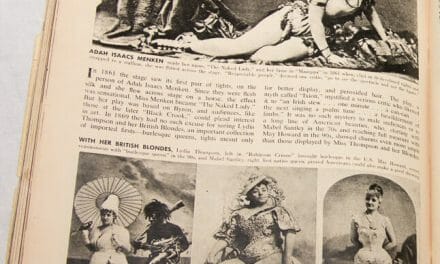

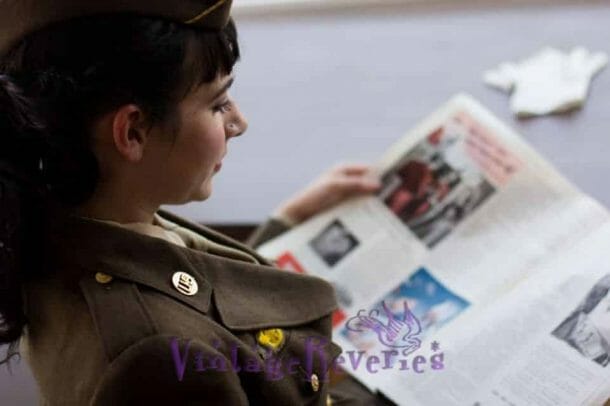
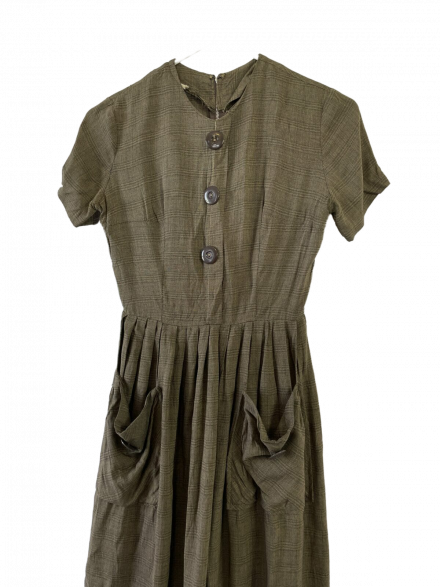
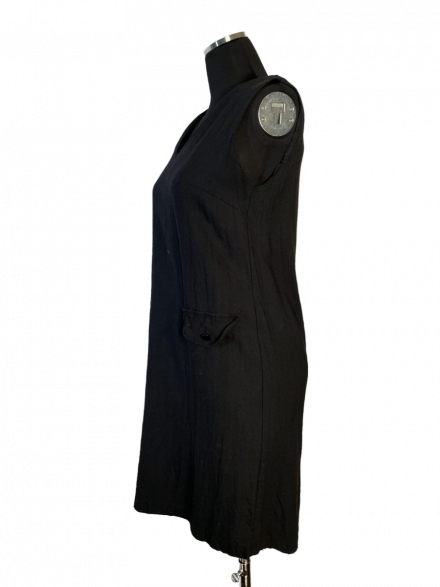
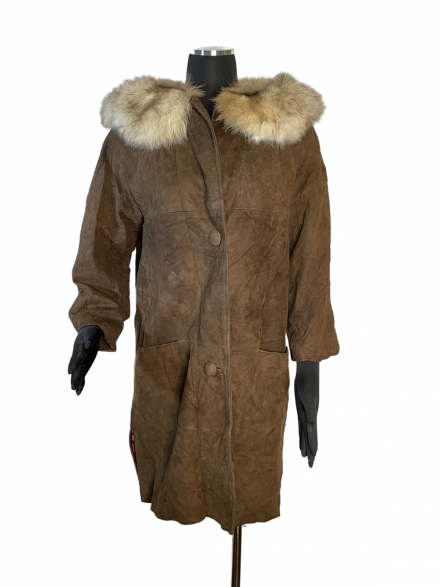
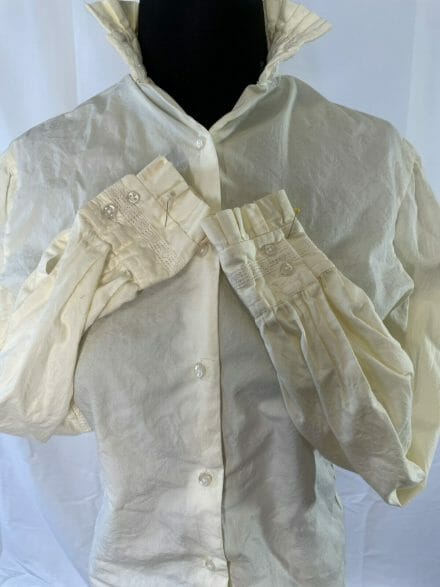

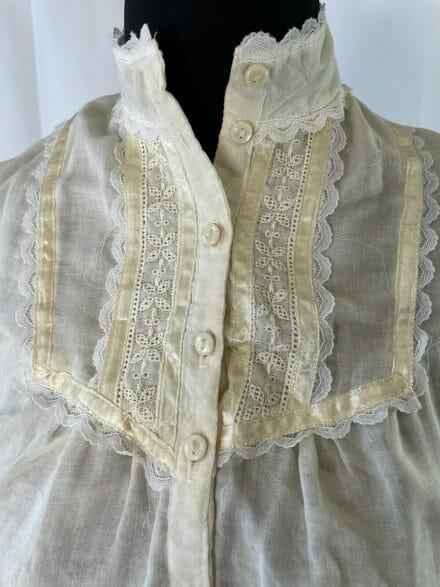

You must be logged in to post a comment.